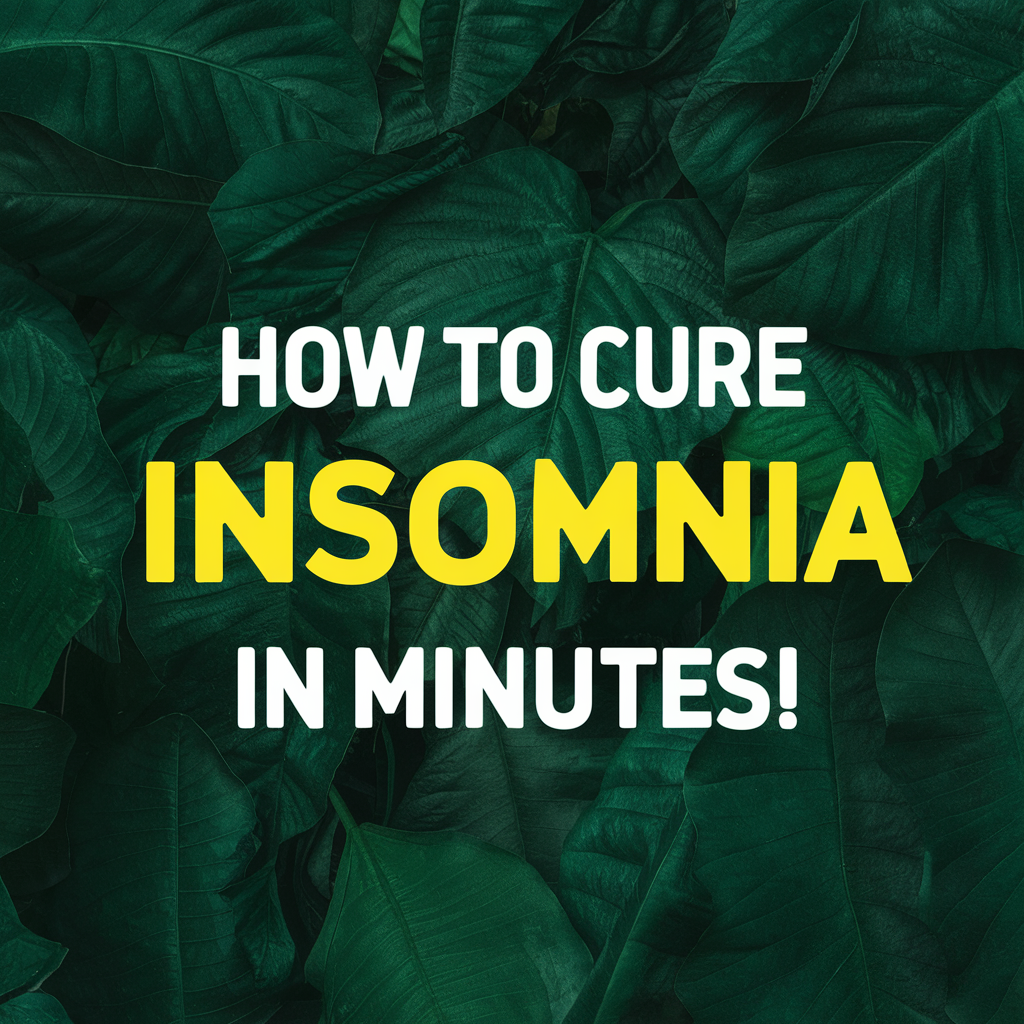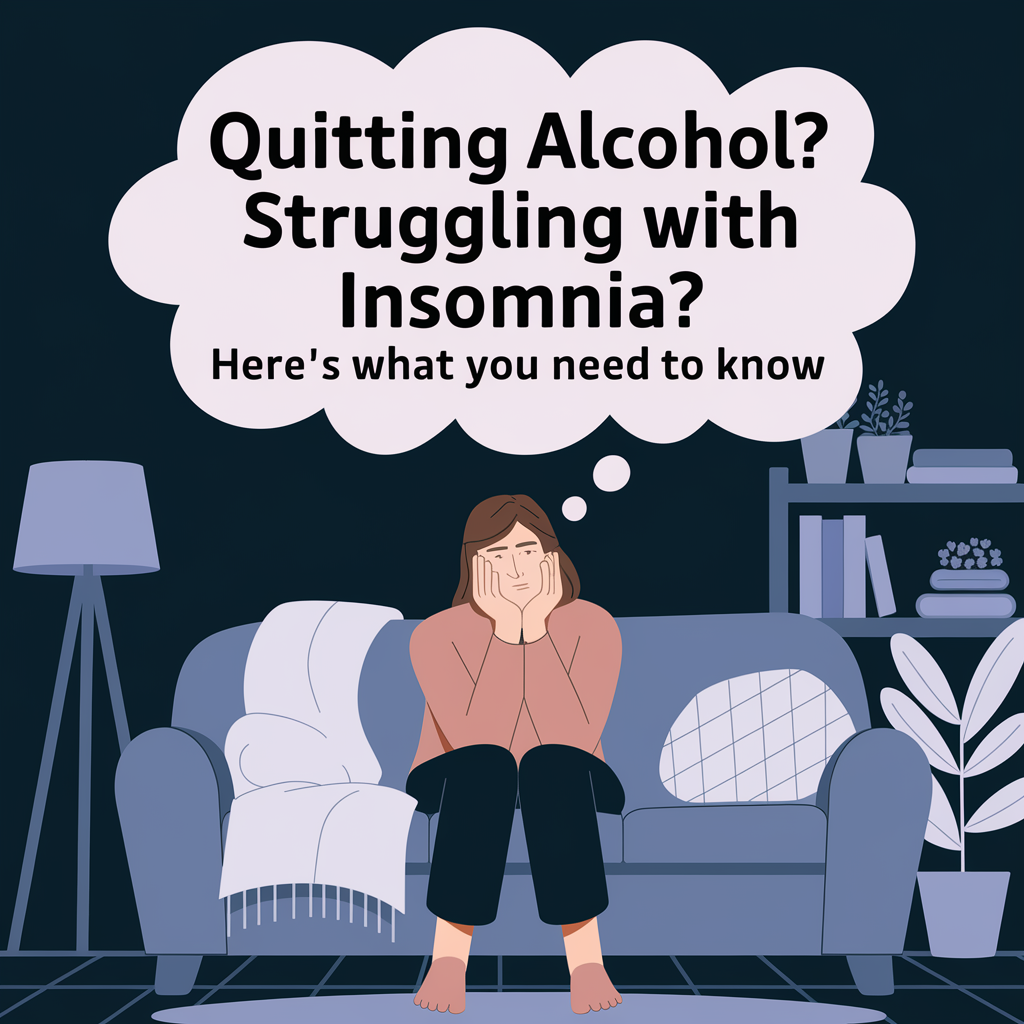
Why Summer Sleep Feels Miserable Without the Right AC Setting
I used to toss and turn all summer long. No matter how early I went to bed, I’d wake up groggy and drenched in sweat. And I’m not alone—when the temperature and humidity climb, your body has to work overtime just to stay cool. That means your heart rate stays elevated, your sleep cycles get disrupted, and deep, restful sleep becomes nearly impossible.
The worst part? I didn’t even realize it was my bedroom temperature ruining my sleep until I started tracking it.

What’s the Best AC Temperature for Sleeping in Summer?
After a ton of trial and error (and way too many cranky mornings), I found that the best AC temperature for sleeping in summer really is somewhere between 60°F and 67°F. For me, 65°F was the magic number.
Most experts—including the Sleep Foundation—agree that a cooler bedroom helps your body stay in that deep, restorative stage of sleep. And if you’re waking up sweaty, that’s a red flag your thermostat is set too high.
It sounds simple, but getting the AC right at night has made a massive difference.
What the Experts Say About Ideal Summer Sleep Temps
I always like to double-check what the pros recommend. According to the Mayo Clinic and National Sleep Foundation, 60–67°F is the sweet spot. That cooler temperature helps your core body temp drop naturally, which is what signals your brain it’s time to sleep.
They also mention that using breathable fabrics, blackout curtains, and keeping your humidity levels low can improve summer sleep even more. (I’ll talk more about humidity in a bit—it matters more than I thought.)
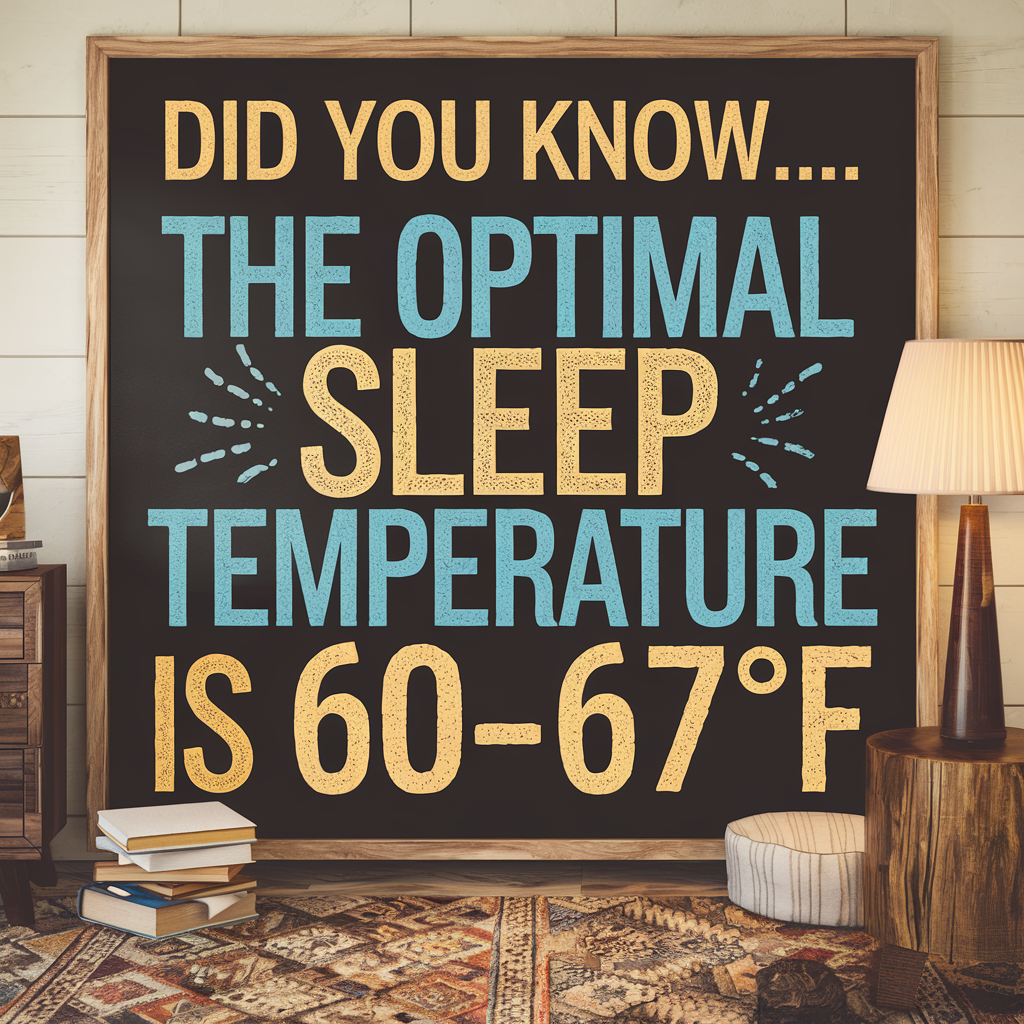
How I Found My Perfect AC Temperature
I didn’t land on 65°F overnight. At first, I tried blasting the AC down to 60, but I ended up freezing in the middle of the night. Then I nudged it back up to 70°F, but I was still sweating by 3AM.
Eventually, I started bumping it down one degree at a time over a few nights. 65°F was the winner. I stayed cool without needing a pile of blankets or waking up cold.
Now I pair that setting with a light cooling blanket, and I don’t remember the last time I woke up in a sweat. (If you’re hunting for a good one, I tried a bunch—this cooling blanket finally did the trick.)
Why 65°F Was My Sweet Spot
At 65°F, I feel that gentle chill when I crawl under the covers—just enough to be cozy without overheating. It’s like my body finally relaxes and lets go of the tension from the day.
The best part? I fall asleep faster, stay asleep longer, and I’m not waking up feeling like I ran a marathon in my sleep. I also noticed that my sleep tracker shows more deep sleep on those nights, especially compared to when the room creeps into the 70s.
And when I started combining it with a smart thermostat to schedule that temp drop an hour before bed? Even better. (Yep, I wrote about how that WiFi thermostat improved both my sleep and energy bill.)
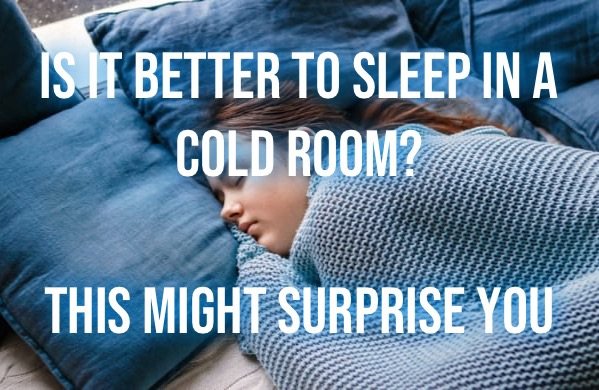
Why You Shouldn’t Just Set It and Forget It
One thing I learned the hard way? Your AC temp at night might need to be different than what you run during the day.
I used to leave my thermostat at 72°F around the clock. It felt fine during the evening, but at night, I’d wake up sweating or tossing my blanket off. When I finally switched to a WiFi thermostat that adjusts automatically, everything changed. I now set it to drop to 65°F around 9PM, so by the time I’m ready for bed, the room is already cool and comfortable.
This little tweak not only helped my sleep — it actually saved me money on my energy bill, too.
Too Cold? What to Do if You Wake Up Shivering
Not everyone’s sweet spot is 65°F. If you’re waking up shivering, you might’ve gone too far.
Here’s what helped me find balance:
- I swapped my thick blankets for a cooling comforter that still feels cozy but doesn’t trap heat.
- I added soft, breathable sleepwear — no fleece or flannel.
- And I adjusted my thermostat to gently rise after 4AM, when the house tends to dip the most.
This setup keeps me warm without making me sweat — and that combo is gold.

Don’t Forget About Bedroom Humidity
Most folks don’t think about it, but bedroom humidity plays a huge role in sleep quality. I used to wake up sticky in the summer and dry as a desert in the winter — both wrecked my rest.
When I finally picked up a digital hygrometer, I realized my room’s humidity was all over the place. Ideally, it should sit between 30–50%. Too dry and your throat feels like sandpaper. Too humid and you’re tossing off the covers every hour.
If this sounds familiar, definitely check out our full article on how bedroom humidity messes with your sleep. It was eye-opening for me.
A Quiet Hero: Why a Dehumidifier Can Change the Game
When summer rolls around, and the air feels damp no matter what the AC is doing, that’s when a dehumidifier really earns its keep.
I use a model that quietly handles up to 1600 sq ft and runs through the night with continuous drainage — zero hassle. Once I added this to my bedroom setup, the air felt cleaner, cooler, and way less sticky. It’s one of those upgrades that you don’t realize you need until you try it.
If you deal with that thick summer air, this is the dehumidifier we recommend.

It’s Not Just the Temp — It’s the Whole Sleep Environment
Temperature matters, but it’s only part of the equation.
When I finally got my AC dialed in, I realized there were other little things messing with my sleep — like light creeping in through the blinds, noise from the street, and stale air. So I started adding other tools to the mix. I began sleeping with a fan for steady airflow, hung up custom blackout curtains to block out every bit of light, and reworked my evening routine to wind down smoother.
It wasn’t just one change — it was the combo that made everything finally click.
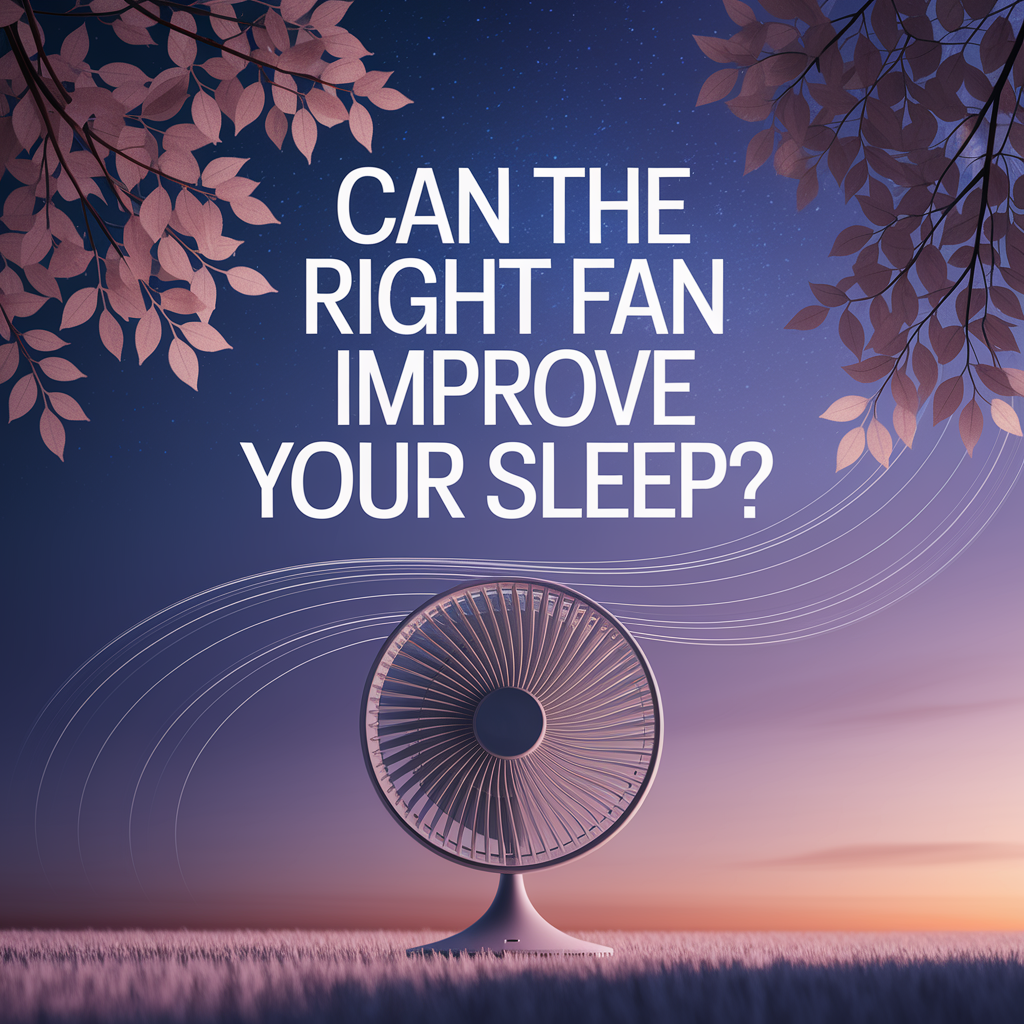
So, What’s the Best AC Temperature for Sleeping?
If you’re still wondering what the best AC temperature for sleeping really is — here’s the truth: it depends slightly on your body and preferences, but between 60°F and 67°F is the sweet spot for most people. Once I started aiming for 65°F with a little humidity control and better airflow, I stopped waking up at 3AM drenched in sweat or freezing cold.
The key isn’t just the number on the thermostat — it’s building a full sleep setup around it. That might mean adding a cooling blanket, using a bedroom dehumidifier, or installing blackout curtains that actually work.
The good news? Once you start getting your environment right, your body notices. You fall asleep faster. You stay asleep longer. You feel refreshed, not wrecked, in the morning.
And if you’re still figuring out the full setup, check out our deep-dive on how to stay warm at night without sweating — it’s packed with tricks I’ve personally used to make every night feel just right.
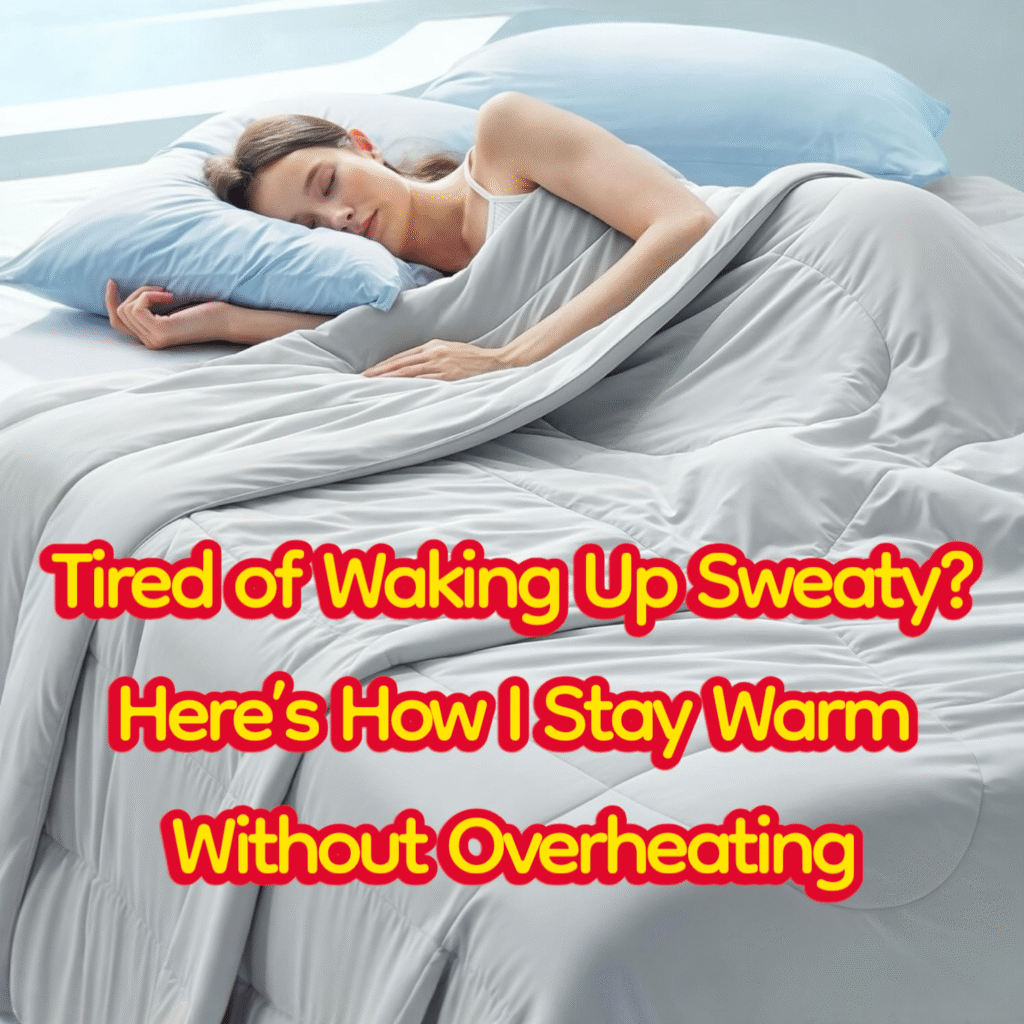
Can Your Body Temperature Affect What AC Setting Works Best?
Absolutely — and that’s why no single AC setting fits everyone perfectly. Some of us naturally run hot at night (hi, that’s me), while others get chilly even with a blanket. Women going through hormonal changes like menopause may wake up sweating, while others with lower blood pressure might feel too cold even at 68°F.
The goal? Let your body guide you. If you find yourself sweating even when the AC is at 65°F, pair it with a cooling comforter or crack a window for extra airflow. If your toes feel like icicles, add a warm but breathable throw to the end of your bed so you’re not cranking the temp up too high and messing with your energy bill.
Why Your Sleep Position Matters More Than You Think
Believe it or not, your sleeping position can change how hot or cold you feel. Stomach sleepers often get warmer, since more of their body is in contact with the mattress. Side sleepers might wake up sweaty on one side and cold on the other. Back sleepers? They tend to regulate temperature best.
I found that once I added a fan at the foot of the bed and started sleeping slightly propped up on my back, I stayed cooler overall — even at a warmer thermostat setting. Want more ideas? Our guide on sleep positions for sleep apnea covers some surprising comfort tricks that help even if you don’t have apnea.
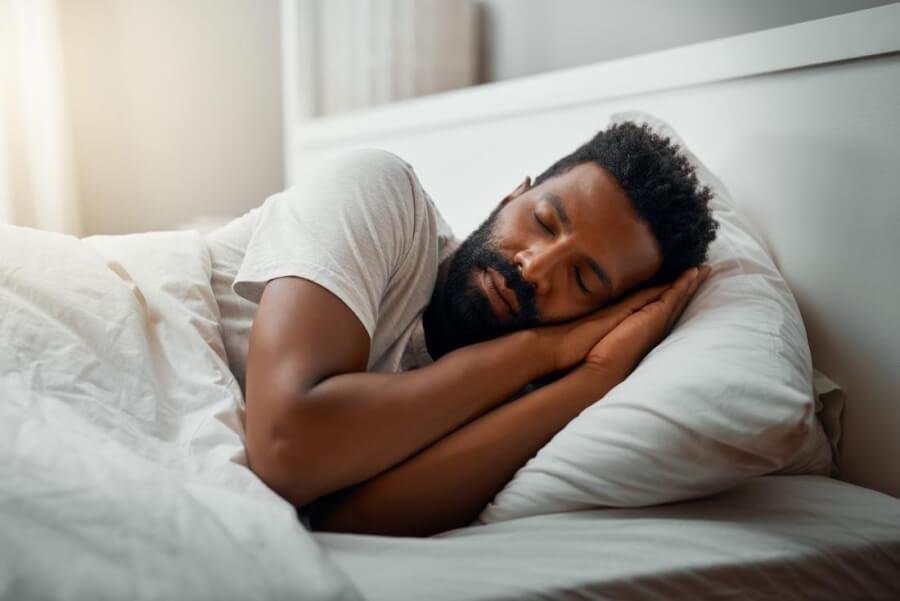
The Hidden Role of Your Mattress and Bedding Materials
Here’s something I learned the hard way: even with the “perfect” AC temperature, a cheap mattress or synthetic bedding can totally sabotage your sleep. Foam mattresses without good airflow trap heat like a sponge, and polyester sheets can feel like plastic wrap by 2 a.m.
Switching to a breathable mattress cover, bamboo sheets, and a lightweight down-alternative comforter made a huge difference for me. It let the AC do its job instead of fighting against a heat-trapping setup. And if you haven’t already, consider adding a humidity monitor to your bedroom so you can track when things start getting sticky — before it ruins your rest.
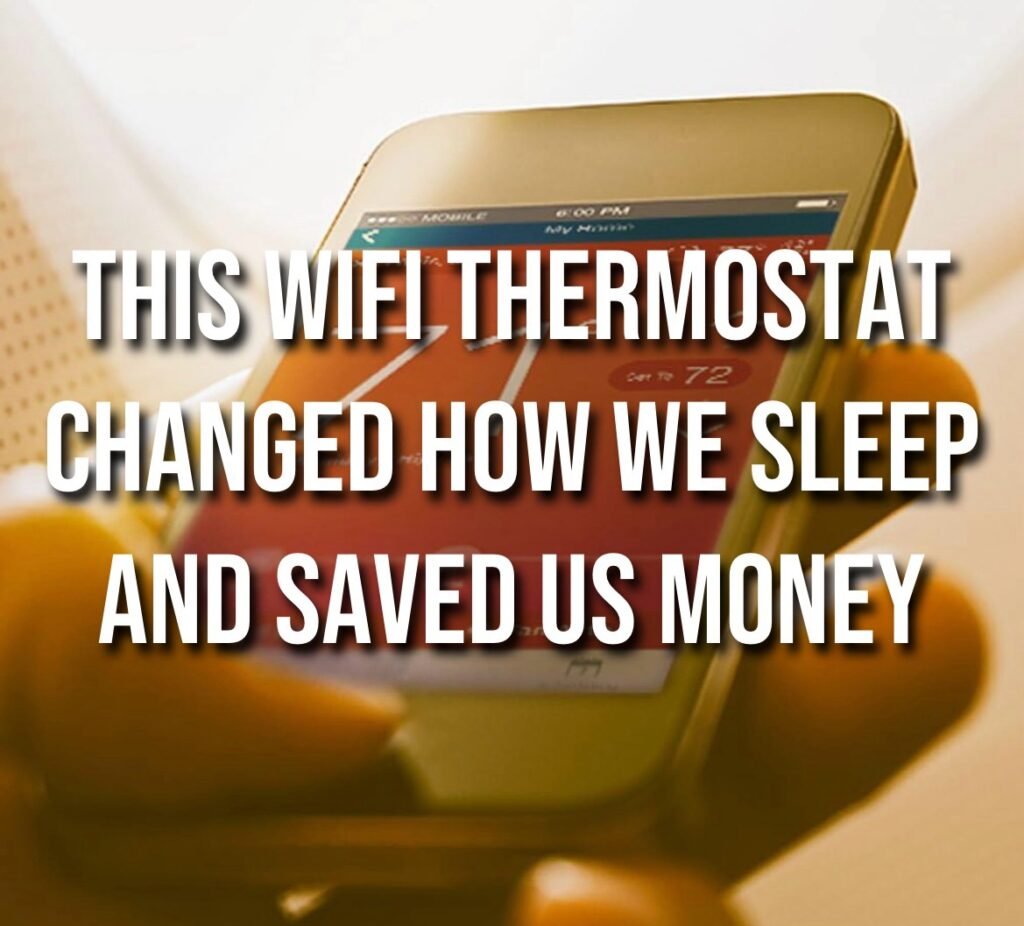
As an Amazon Associate we earn from qualifying purchases through some links in our articles.
